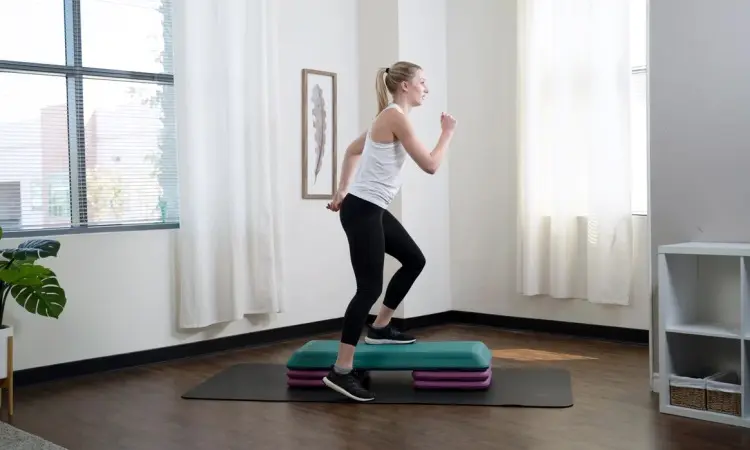Aerobic exercise, also known as “cardio,” involves sustained activity that increases the circulation of oxygen in your body. This includes activities such as jogging, swimming, cycling and walking. The benefits of India Travel Places are well known, from improved heart health and weight management to improved mood and better sleep. To help you get started, this article provides a complete step-by-step guide to aerobic exercise.
Understanding Your Fitness Level
Before you get started with aerobic exercise, you must first understand your current fitness level. Consult a health professional or a certified fitness trainer to assess your physical condition, especially if you’ve been inactive, have any health conditions, or are above the age of 45. They can help identify the right intensity and duration of exercise suitable for you.
Setting Fitness Goals
The next step is setting your fitness goals. Are you aiming to lose weight? Improve cardiovascular health? Boost your mood? Knowing your goals will help tailor your aerobic exercise routine and keep you motivated.
Choosing the Right Aerobic Exercise for You
Choosing an activity that you enjoy is key to sticking with your exercise routine. You may prefer running outdoors, indoor cycling, swimming, dancing, or group fitness classes. Remember, the “best” aerobic exercise is one that you enjoy and can regularly perform.
Step by Step Guide to Aerobic Exercise
Once you have understood your fitness level, set your goals, and chosen your preferred form of aerobic exercise, you can start your fitness journey. Here is a step-by-step guide to a typical aerobic workout.
Warm-up
Always start your workout with a 5-10 minute warm-up. This gradually increases your heart rate and loosens your muscles, reducing the risk of injury. It can be a slower version of your chosen aerobic exercise or another low-intensity activity.
Main Exercise
After warming up, proceed to your chosen aerobic activity. As a beginner, start with moderate intensity, gradually increasing as your fitness improves. The American Heart Association recommends at least 150 minutes of moderate-intensity aerobic activity or 75 minutes of vigorous aerobic activity per week.
Monitoring Intensity
You can monitor your exercise intensity in several ways:
- Talk Test: If you’re doing moderate-intensity activity, you can talk but not sing. If you’re doing vigorous activity, you won’t be able to say more than a few words without pausing for a breath.
- Rate of Perceived Exertion (RPE): This scale ranges from 0 (no exertion at all) to 10 (maximum exertion). Moderate intensity is 5-6, and vigorous intensity is 7-8.
- Heart Rate: You can also track your heart rate using a heart rate monitor or manually. Your target heart rate zone depends on your age.
Cool Down
After your aerobic exercise, it’s important to cool down for 5-10 minutes. This gradually lowers your heart rate to its resting state. Like your warm-up, your cool-down can be a slower version of your aerobic activity.
Stretch
End your workout session with stretching exercises. This helps improve flexibility and reduce muscle soreness.
Incorporating Strength and Flexibility Exercises
In addition to aerobic exercise, it’s also essential to incorporate strength training and flexibility exercises into your fitness routine. Strength training, such as weight lifting or resistance band exercises, helps build muscle mass and bone strength. Flexibility exercises, such as yoga or Pilates, improve your range of motion.
Staying Consistent and Safe
Consistency is crucial in aerobic exercise. Aim to exercise most days of the week. Even shorter periods of exercise spread throughout the day can provide health benefits.
Remember, safety should always be your priority. Wear appropriate gear, stay hydrated, and listen to your body. If you feel pain, dizziness, or shortness of breath, stop exercising and consult a healthcare professional.
Similar Post: Unique Places to Visit in Bangalore
Conclusion
Aerobic exercise is a vital component of a healthy lifestyle. With the right approach and a commitment to safety and consistency, you can enjoy the many benefits of aerobic exercise. Embarking on this fitness journey may seem challenging initially, but with each step, you’ll be contributing to your long-term health and well-being.

